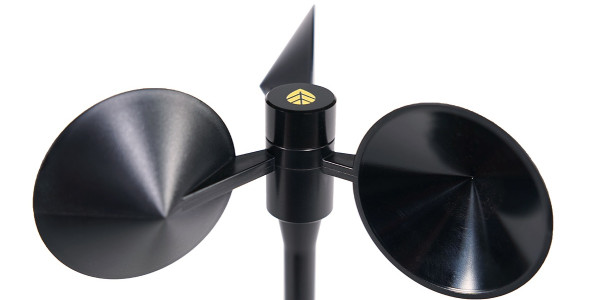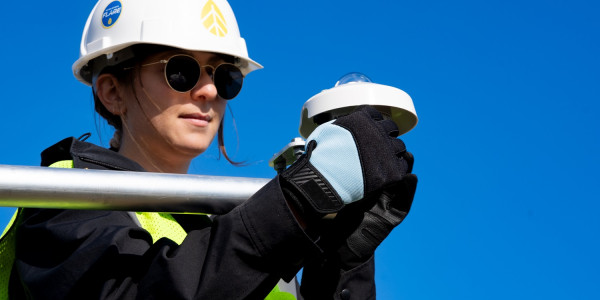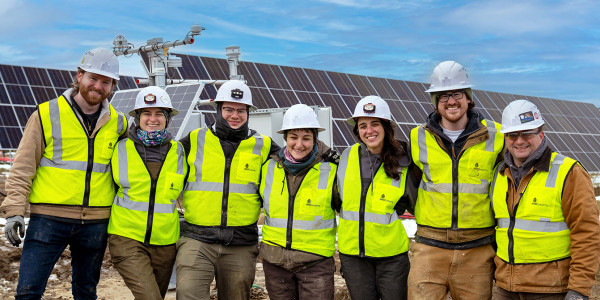March 4, 2011 | Climate Change, Energy Policy, Sustainability + Energy,
Last week I landed at Washington National in D.C. on one of the windiest days the city could remember. At the airport, 40 mph winds jounced and bounced our modest-sized jet from Burlington. Quite fitting, I thought for the wind energy lobby day on Capitol Hill.
The news we heard was turbulent too. The wind industry outlook for 2011 and beyond is quite bleak right now. Last year new installed capacity of wind power in the U.S. dropped 40% from the prior year, driven by lower energy demand overall, low natural gas prices, and lack of a long-term federal policy to spark demand for renewable energy. Barring a legislative miracle, experts predict that 2011 won’t be much better.
Last year the industry pushed hard for a Renewable Energy Standard (RES), a federal requirement that a portion of our energy come from renewable resources within a certain time frame. Percentages and dates have varied from bill to bill, but one common feature has been inclusion of just renewable technologies, such as wind, solar and biomass.
The hope of getting an RES passed in this Congress is all but dead, but there’s an effort afoot by the Obama Administration and members of Congress (Republicans and Democrats) to recast the RES as a CES – a “Clean” Energy Standard.
What does clean really mean?
The CES includes nuclear power, clean coal (e.g., facilities that use carbon capture and sequestration), retirement of the dirtiest coal plants, and in some cases, natural gas. It’s essentially everything under the sun except for conventional coal-fired power plants.
The wind industry’s reaction to this shift has been mixed. Some say:
1. Go for it, wind is clean. If a CES gets legs, let’s jump on board because something is better than nothing.
While others say:
2. Let’s talk but move forward cautiously. A strong CES with a renewables carve-out could help the industry but it could also be disastrous over the long-term.
And then there are the purists:
3. No way, no how, never.
The industry seems divided between the first and second positions. I’m in the second camp, reluctantly moving away from the purist standpoint. I have deep concerns about nuclear power, coal and natural gas based on their total carbon lifecycles and environmental impacts, from resource extraction to decommissioning. At the same time, the wind industry can’t bury its head in the sand. We must engage if we want to have a voice in the debate.
Taking this position, however, has forced the thorny question: what’s the value of the renewables name?
Of course the “clean” claims of nuclear, coal and natural gas are laughable. And the competitiveness worry, that if we join forces with these established industries they will eat our lunch, is very real. But there’s also something intangible that we risk losing if wind aligns with nuclear, coal and natural gas.
The value of our brand
In communications it’s all about consistency. Think about those brands that have withstood the test of time – brands that stand for a bold idea and always have. Apple – innovate; Nike – just do it. They have had a consistent message over a long period of time.
Then think about wind power’s core strength: its positive image in the eyes of the public. Polls consistently show strong support for wind. Wind energy stands for opportunity and for our future. Now is our moment to energize these supporters – those who are active and those who are passive. Joining forces with dirty energy sources for political gain could seriously erode this base of support.
I say we stick to our core strength and be consistent with our messaging. If we don’t, we risk tarnishing the unique value proposition of wind – that it’s the only truly clean, cost-effective, and quickly deployable source of energy. If we don’t, what we have spent a generation building could be lost in an instant.





